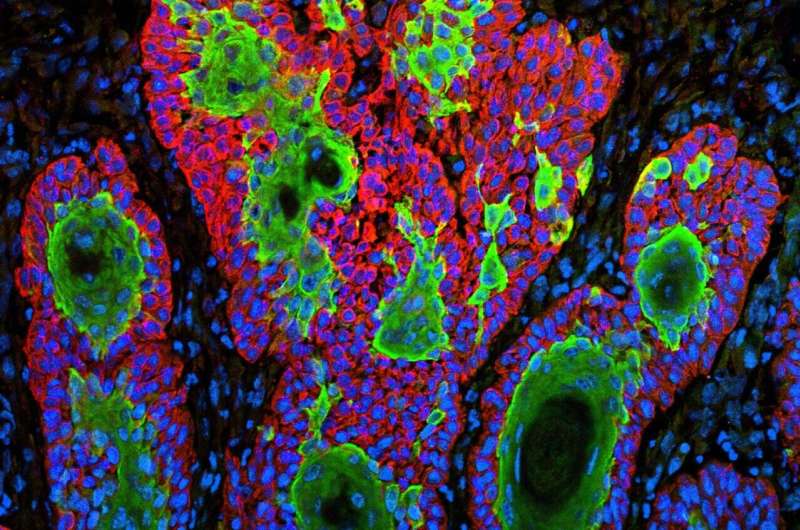
It can be difficult for biologists to understand the significance of gene expression without knowing the environment of the cell. Researchers at Princeton Engineering have developed a method to understand a cell's surroundings so that biologists can make more sense of gene expression information.
The researchers hope the new system will allow them to identify rare cell types and choose cancer treatment options with new precision. The senior author of the paper is Raphael.
The basic technique of linking gene expression with a cell's environment has been around for several years. Scientists link tissue samples onto a grid with information about their genes. Computational tools can only analyze spatial patterns of expression in two dimensions. It is difficult to synthesise a complete picture of the cell types in the tissue when you use multiple slices from a single sample.
The PASTE method integrates information from multiple slices taken from the same tissue sample, providing a three-dimensional view of gene expression within a tumor or a developing organ. When sequence coverage is limited due to technical or cost issues, PASTE can combine information from multiple tissue slices into a single two-dimensional consensus slice.
Raphael said that the method was motivated by the observation that biologists will perform multiple experiments from the same tissue.
The team's technique can align multiple slices from a single tissue sample, categorizing cells based on their gene expression profiles while preserving the physical location of the cells within the tissue.
The project began in the summer of 2020 after Max Land, a mathematics concentrator from the Class of 2021, took Raphael's course in Computational Biology. He was advised by both Raphael and Ron Zeira, who is now a research scientist at Verily.
The work was the focus of Land's senior thesis and he co-authored it with Zeira, Raphael and Alexander Strzalkowski. Land said that Zeira and Raphael helped him in his pursuit of a research career.
The method was developed using data from a study of a breast tumor, where the correspondence between tissue slices was previously established. They evaluated the method on data collected from samples of the brain, which has a known structure consisting of layers of different cell types with unique gene expression signatures.
The researchers applied PASTE to the data collected from the skin cancer patients. A previous analysis of the data suggested a complex patchwork of cell types, with a high degree of cancer and healthy cells. The apparent low spatial coherence in three of the patients samples was likely due to low sequence coverage in the experiments. The new analysis shows that the cells were grouped into more contiguous clusters.
Zeira said that after we integrate several of these slices and increase the coverage of the data, we get more coherent groupings of cells, which is more reasonable than every cell type being randomly positioned in the tissue.
The biggest data set the team has analyzed so far was a sample of heart tissue with nine slices, but they have their sights set on experiments from mouse embryos that include more than 30 slices. Raphael said that spatial transcriptomics experiments on this scale are expensive.
He hopes that having a tool like PASTE will encourage more researchers to perform replicate experiments because they can use the information from additional slices in a way that they couldn't before.
More information: Ron Zeira et al, Alignment and integration of spatial transcriptomics data, Nature Methods (2022). DOI: 10.1038/s41592-022-01459-6 Journal information: Nature Methods Citation: New method melds data to make a 3-D map of cells' activities (2022, May 16) retrieved 17 May 2022 from https://phys.org/news/2022-05-method-melds-d-cells.html This document is subject to copyright. Apart from any fair dealing for the purpose of private study or research, no part may be reproduced without the written permission. The content is provided for information purposes only.